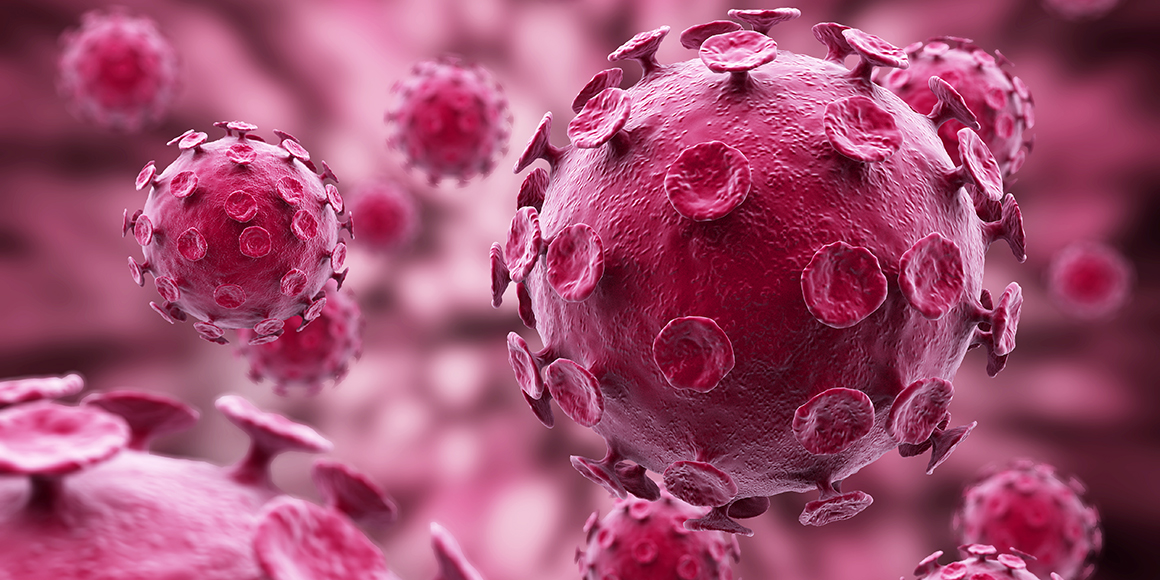
Dust mite particles are smaller than 5 micro metres and therefore reach deep in our respiratory system. Mites exist in every household and are not a sign of poor hygiene, they mainly feed on human dander. Dust mites are not germs as such, they are tiny arachnids (0.3 mm). Just a small sample: we spend approximately one third of our lives in bed. Dust mites feel most comfortable in humid and warm environments, like in mattresses, quilts and cushions as well as in upholstered furniture and children’s cuddly toys. The thorough removal of dust mite excrements by is often forgotten.
Mildew which is as small as 1.5 micro metres even ends up in our lungs.
Soot particles, viruses and bacteria are even smaller (0.1 micro metres or smaller) and can settle deep in our lungs. They can therefore also enter our bloodstream and get distributed throughout our entire body.
Fine dust consists of very small particles (0.1 to 10 micro grams) invisible to the human eye. It can irritate the lungs, cause asthma and even drastically reduce life expectancy.
Fine dust is mainly manmade but it can also have a natural cause. It is caused e.g. by domestic heaters, vehicles in road traffic, heavy industry plants and their processes as well as agriculture. Naturally produced fine dust comes from plants, forest fires, microorganisms, volcanic eruptions and rock erosion, etc.
Particles with a size of up to 3 micro metres enter the house even through sealed windows. The level of fine dust outdoors is often smaller than in indoors, e.g. in flats, schools and offices.

